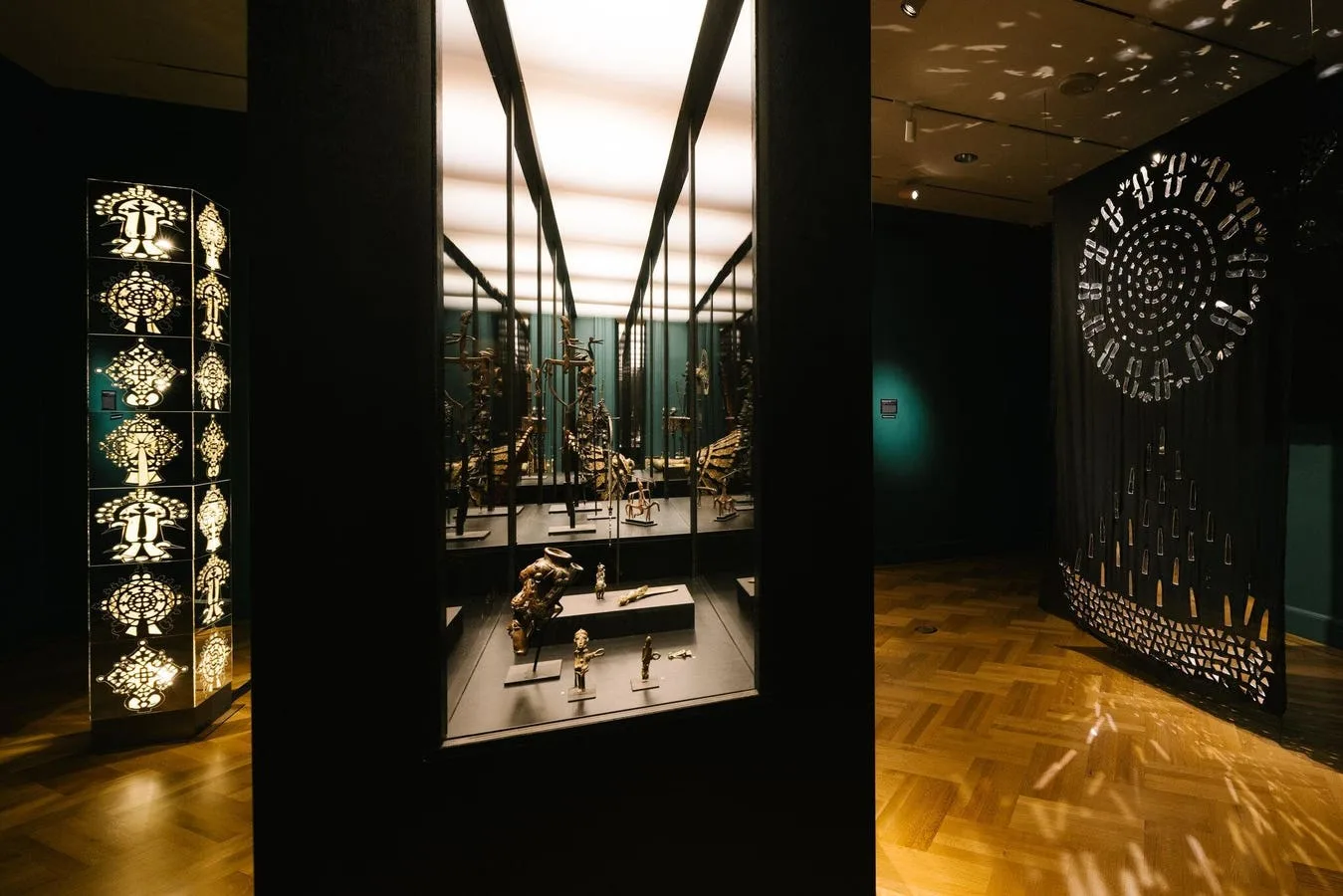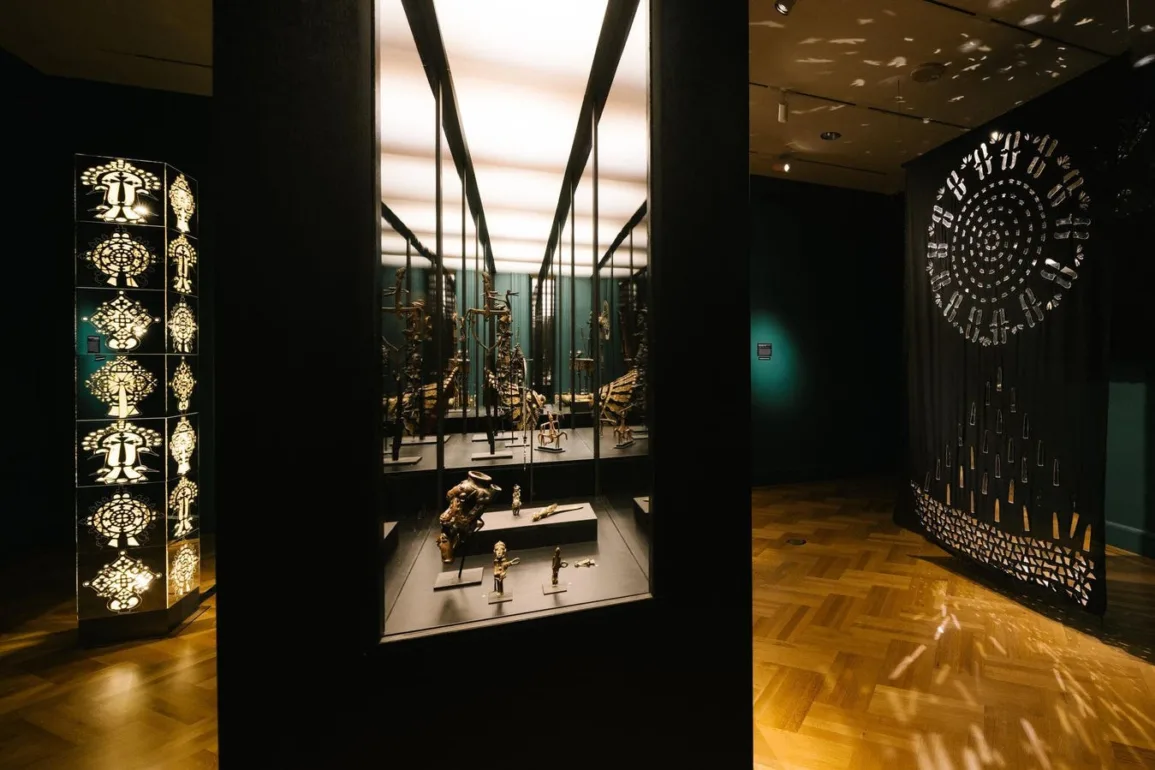
One of the most pernicious lies told by slaveholders and nations built on slavery to relieve them of their guilt contends that enslaved people, on occasion, benefitted from skills acquired while enslaved. Casting aside the obvious, that no person in any way did ever or could ever benefit from an institution built on kidnapping, torture and rape–for starters–the myth holds that some enslaved individuals were taught skills that bettered their future lives once freed.
This utterly false contrivance largely vanished from America’s attempts to sugarcoat its 400 years of slavery by the time color televisions replaced black and white, but as Florida Governor Ron DeSantis attempts to remake the Sunshine State in the mold of Jim Crow, the state’s board of education reintroduced the “beneficial skills” lie into its public school African American History curriculum for 2023.
When pressed on the presidential campaign trail to defend the intellectually and morally abhorrent belief being codified as education in Florida, DeSantis said, “They’re probably going to show some of the folks that eventually parlayed, you know, being a blacksmith into, into doing things later in life. All of that is rooted in whatever is factual.”
No, it’s not factual.
It’s not the 833 miles separating Key West from Pensacola close to factual.
The Los Angeles Times detailed each individual cited by the Florida State Board of Education who supposedly learned a beneficial skill while enslaved to create a better life after enslavement and found, in every case, the Board of Education was mistaken in when or how–or both–the person learned his or her “skill.”
Anyone preferring to see for themselves evidence specifically destroying DeSantis’ “blacksmith” example can do so through December 31, 2023, during the exhibition “SIGHTLINES on Peace, Power, and Prestige: Metal Arts in Africa,” on view at the Bard Graduate Center Gallery just across the street from Central Park on West 86th Street in New York.
“SIGHTLINES” is not the first exhibition to celebrate African metalworking, but it’s timing proves prescient.
“One of the greatest assets that displaced populations brought with them to the Americas were their skills as blacksmiths amongst many other skills in the making and use of the metal arts,” Drew Thompson, associate professor at Bard Graduate Center and curator of “SIGHTLINES on Peace, Power, and Prestige: Metal Arts in Africa” told Forbes.com, noting that African metalworking traditions in the exhibition date back as far as the 9th century. “In no way did enslavement, the condition of economic and cultural captivity that African populations faced, impart skills in blacksmithing.”
“SIGHTLINES’” intersection with the culture wars and presidential politics is completely incidental. The exhibition has been in the works for years, and ironically, was organized and debuted in 2020 at the Harn Museum of Art at the University of Florida.
Thompson’s primary aim with the show was challenging long-held institutional conventions of keeping African historic and contemporary artworks separate and siloed. This show puts them in relationship with each other by creating literal and metaphorical ‘sightlines.’
Sightlines
Installation view of “SIGHTLINES on Peace, Power, and Prestige: Metal Arts in Africa” at Bard … [+]
Bringing together African metal arts dating predominantly from the 19th and early 20th centuries with contemporary works by artists from Africa and the African diaspora, “SIGHTLINES” accelerates a shift in the interpretation and understanding of African art and material culture.
“African art departments in the United States feature historical collections and the modern and contemporary art by African and Black Diaspora artists is collected by other departments. As I mounted this exhibition, I faced questions about why we should even show contemporary artworks alongside historical ones, especially when the contemporary works seemingly have no relationship to the historical,” Thompson explained. “This query reflects a purist view that the contemporary has no place in historical African art. For me, the historical and the contemporary are intimately intertwined.”
Thompson gives two of many examples from the show.
“Lubaina Himid’s Drowned Orchard features maritime imagery and other elements of the decorative arts that resonate with the aesthetic designs of the metalworks, offering a space to consider the cultural and belief practices that materialize and connect people across the Diaspora,” he said. “Similarly, Radcliffe Bailey in Ebo’s Landing works with relics associated with his ancestors’ captivity and freedom, and offers new pathways to consider the beliefs, cultural practices, and histories established through the displayed metal works.”
The exhibition installation provokes the interplay between historic and contemporary by utilizing an unusual layout that maps ‘sightlines’ between the objects, and between makers, users, and viewers.
A series of long walls unites the galleries on each floor. The historic metal works are mounted by theme on platforms of varying height within the walls, facilitating unexpected associations to form among objects from vastly different cultures, geographies, and time periods. Contemporary works are installed outside of the walls, enabling visitors to view them both individually and through the transparent plexiglass of the long walls, creating constantly shifting associations with the historic objects as visitors move through the galleries.
“The long wall exhibition design allows visitors to have a 360-degree view of the displayed historical works—something generally not afforded to African art objects,” Thompson said. “Furthermore, one cannot see the historical without the contemporary and vice versa.”
Sammy Baloji, Untitled #17 from the Memoire series, 2006. Archival digital photograph. Samuel P. … [+]
More than 140 historic works on view include staffs and figures from the Mande smiths of Mali; regalia of the Edo chiefs of Nigeria; sacred objects of the Tusian, Gan, and Lobi peoples of Burkina Faso; ceremonial swords, gold weights, and personal adornment of the Akan people of Ghana; currencies, ceremonial staffs, and weaponry from Congo, as well as a broad range of other extraordinary works in metal. Contemporary makers contribute large-scale sculptures, photography, weavings, metal work, and multi-media installations.



